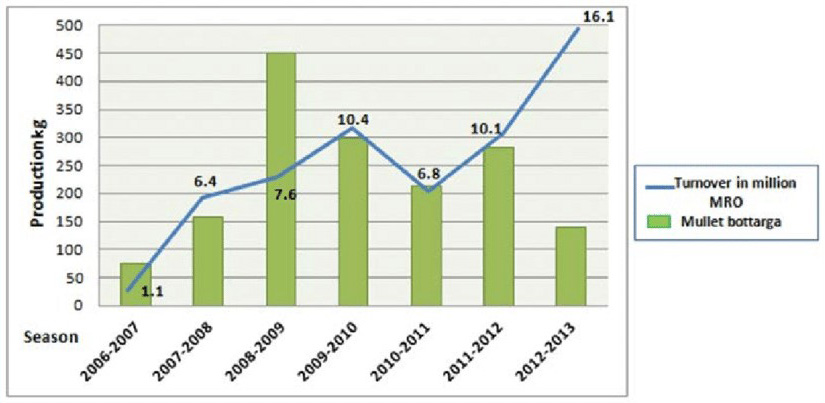RESEARCH
Several samples of mullet roes from couple of different fishing areas were studied by means of 1H, 13C and 31P NMR and GC techniques. The lipid fraction of unprocessed roes and that of the corresponding salted and dried commercial products “bottarga” were analyzed and the data compared. Roes of mullets from different origin showed different composition regarding mainly triacylglycerols, monounsaturated and n‐3 polyunsaturated fatty acids. The NMR spectra of processed roes, compared to those of the corresponding raw materials, showed a release of free fatty acids and the formation of other minor molecular components, such as free fatty alcohols, lysophospholipids, and diacylglycerols, thus indicating that hydrolytic processes were the main consequence of manufacturing. An increase of cholesterol ester concentration after processing was also detected.

